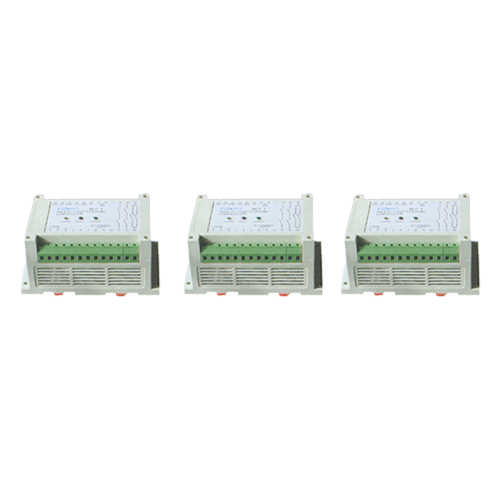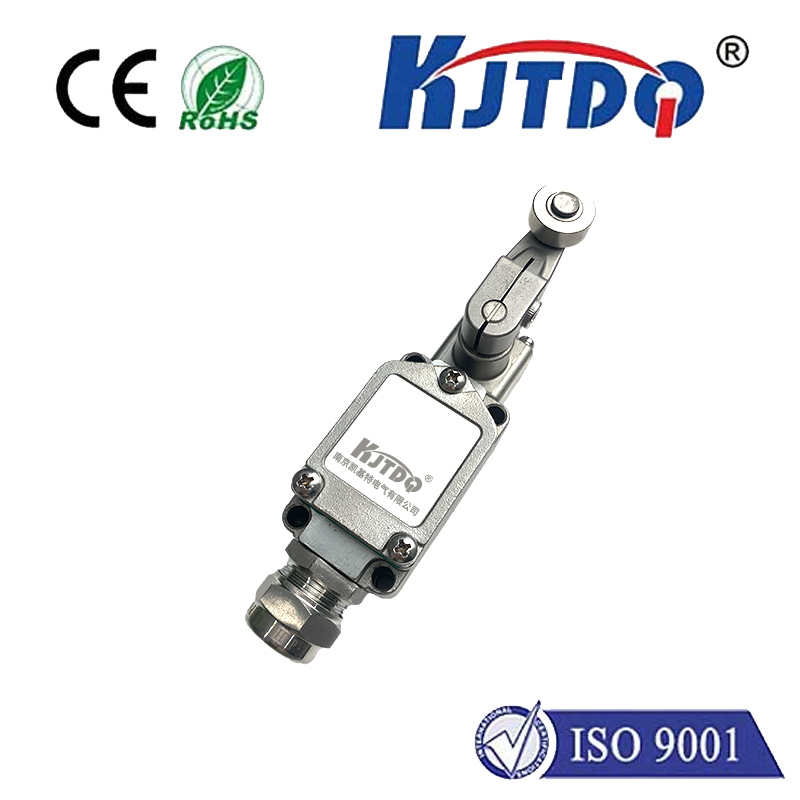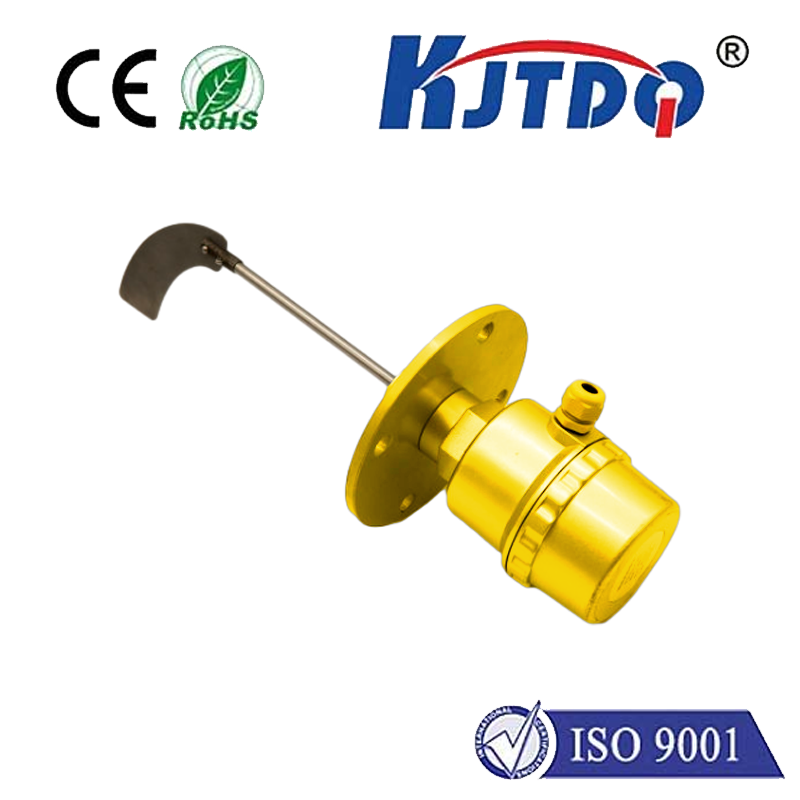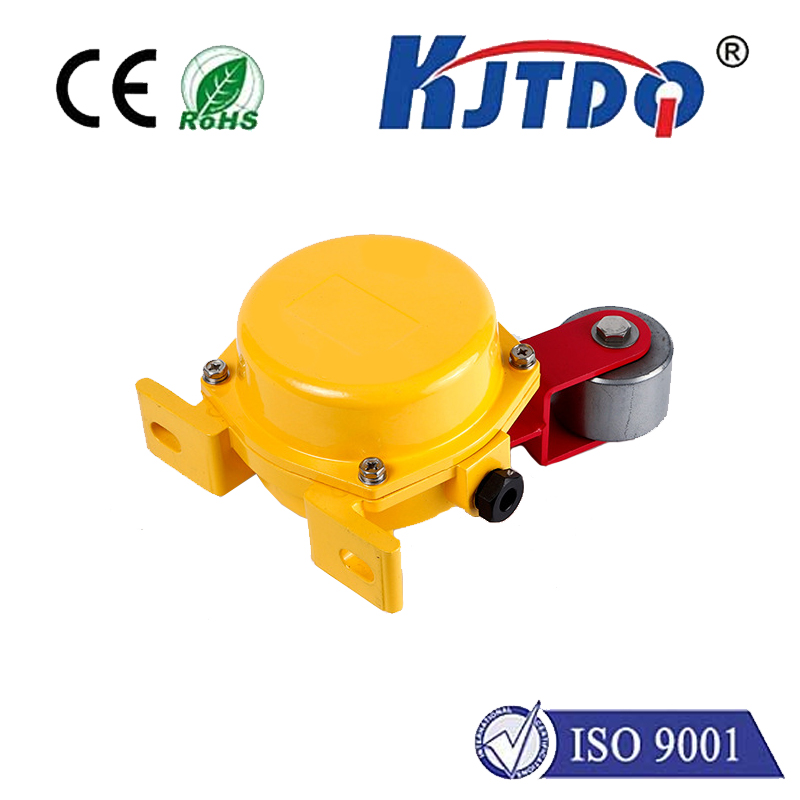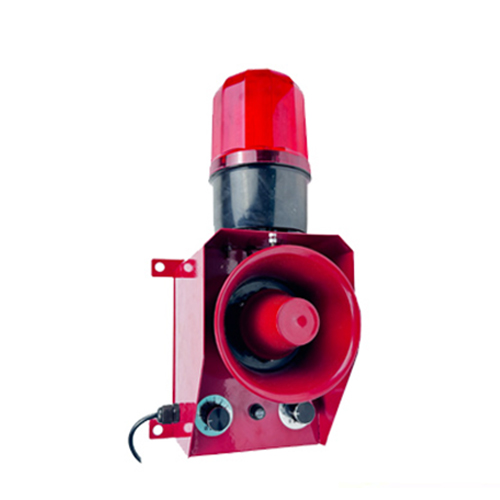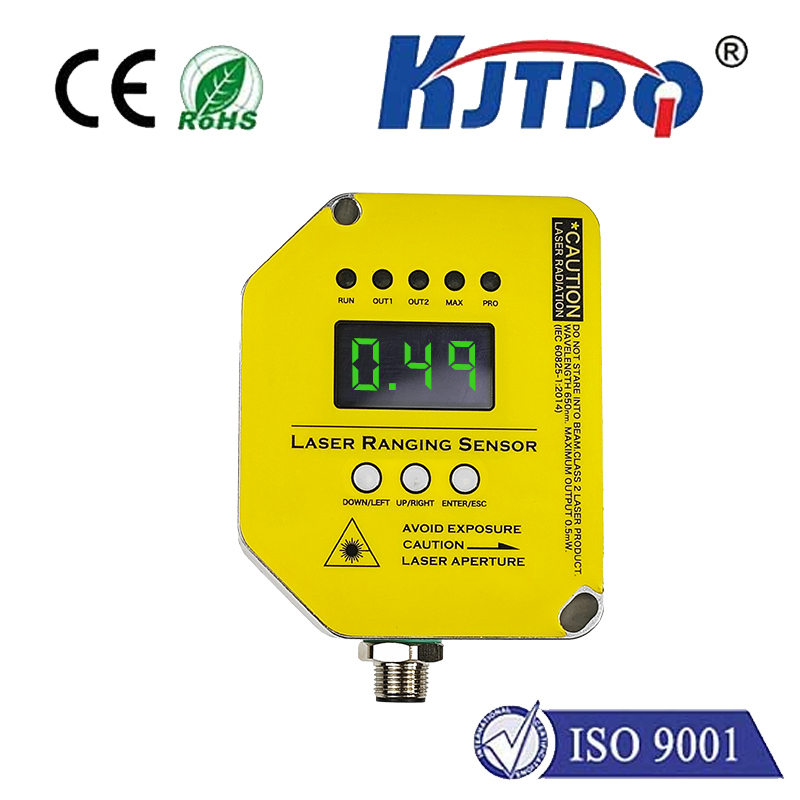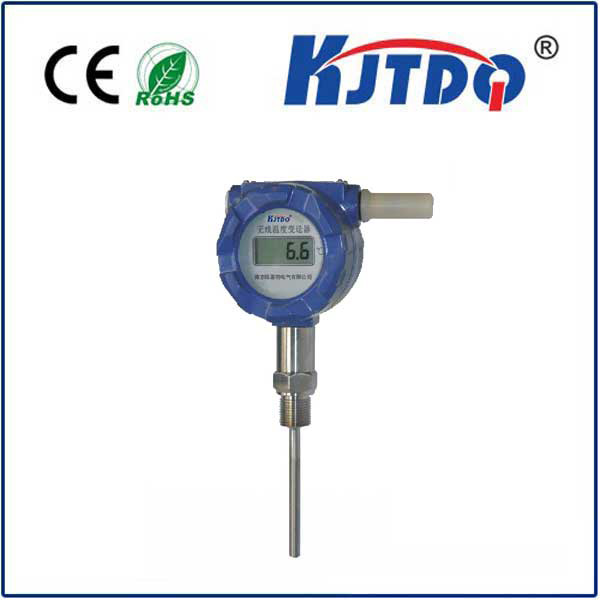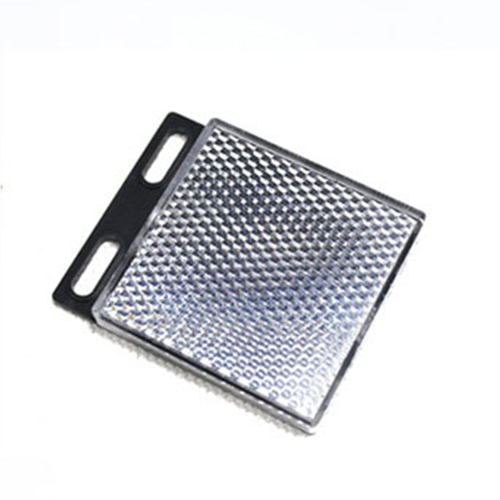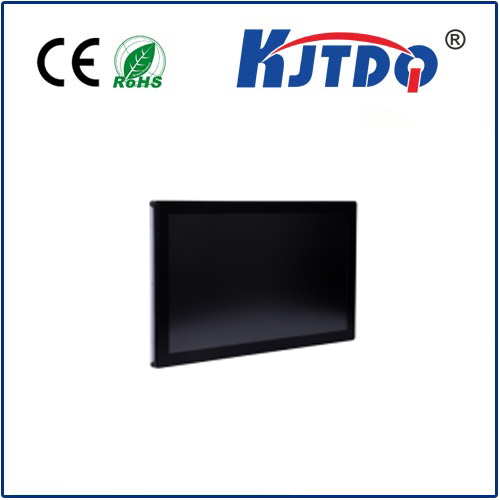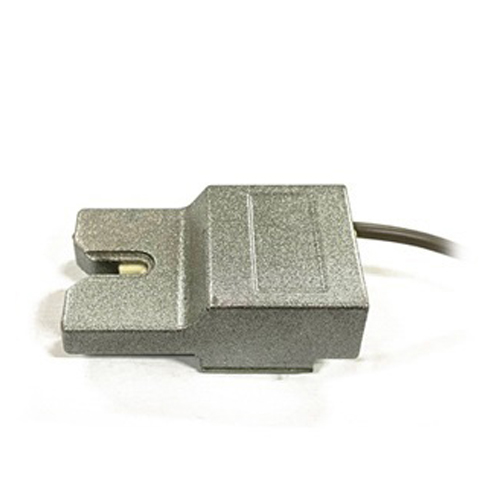

check

check

check

check

check

check

check

check

check

check
Exploring the World of Laser Beam Sensor Technology
Laser beam sensor technology has revolutionized various industries by providing accurate and reliable data collection mechanisms. This innovative technology uses a focused beam of light to detect and measure different physical parameters, such as distance, speed, and position. In this article, we will delve into the fascinating world of laser beam sensors, exploring their working principles, applications, and future prospects.
Working Principles of Laser Beam Sensors
A laser beam sensor consists of a laser diode that emits a narrow beam of light. When this beam encounters an object or surface, it reflects back towards the sensor's photodiode receiver. The time taken for the light to travel from the source to the target and return is measured to calculate the distance between them. Modern laser beam sensors can also determine the speed and direction of moving objects by analyzing Doppler shifts in the reflected light.
Applications of Laser Beam Sensors

Laser beam sensors have found widespread use in numerous industries due to their precision and flexibility. Here are some examples:
1. Manufacturing: Laser beam sensors are used in assembly lines to ensure proper alignment and placement of components during manufacturing processes. They can also monitor product quality by measuring dimensions and detecting defects.
2. Automotive: In the automotive industry, laser beam sensors play a crucial role in advanced driver-assistance systems (ADAS) such as adaptive cruise control, lane departure warning, and collision avoidance systems. They help vehicles perceive their surroundings and make decisions based on real-time data.
3. Construction: Laser beam sensors aid in construction projects by providing accurate measurements for building foundations, walls, and other structures. They can also be employed for leveling tasks and ensuring proper installation of HVAC systems.
4. Aerospace: In the aerospace industry, laser beam sensors are vital for navigation, guidance, and control systems in aircraft and spacecraft. They help maintain stability during flight and assist in landing procedures.
Future Prospects of Laser Beam Sensor Technology
The potential applications of laser beam sensor technology continue to expand with advancements in research and development. Some exciting possibilities include:
1. Healthcare: Laser beam sensors could revolutionize medical diagnostics by enabling non-invasive blood sugar monitoring and early cancer detection through spectroscopy analysis.
2. Environmental Monitoring: These sensors can be deployed to monitor air quality, detect pollutants, and track weather patterns accurately.
3. Smart Homes: Integrating laser beam sensors into home automation systems could enhance security features, improve energy efficiency, and provide personalized experiences for residents.
In conclusion, laser beam sensor technology has already made significant contributions across various sectors and holds immense promise for future innovations. As research continues to push the boundaries of what is possible with this groundbreaking technology, we can expect even more exciting developments that will shape our lives in ways we cannot yet imagine.
